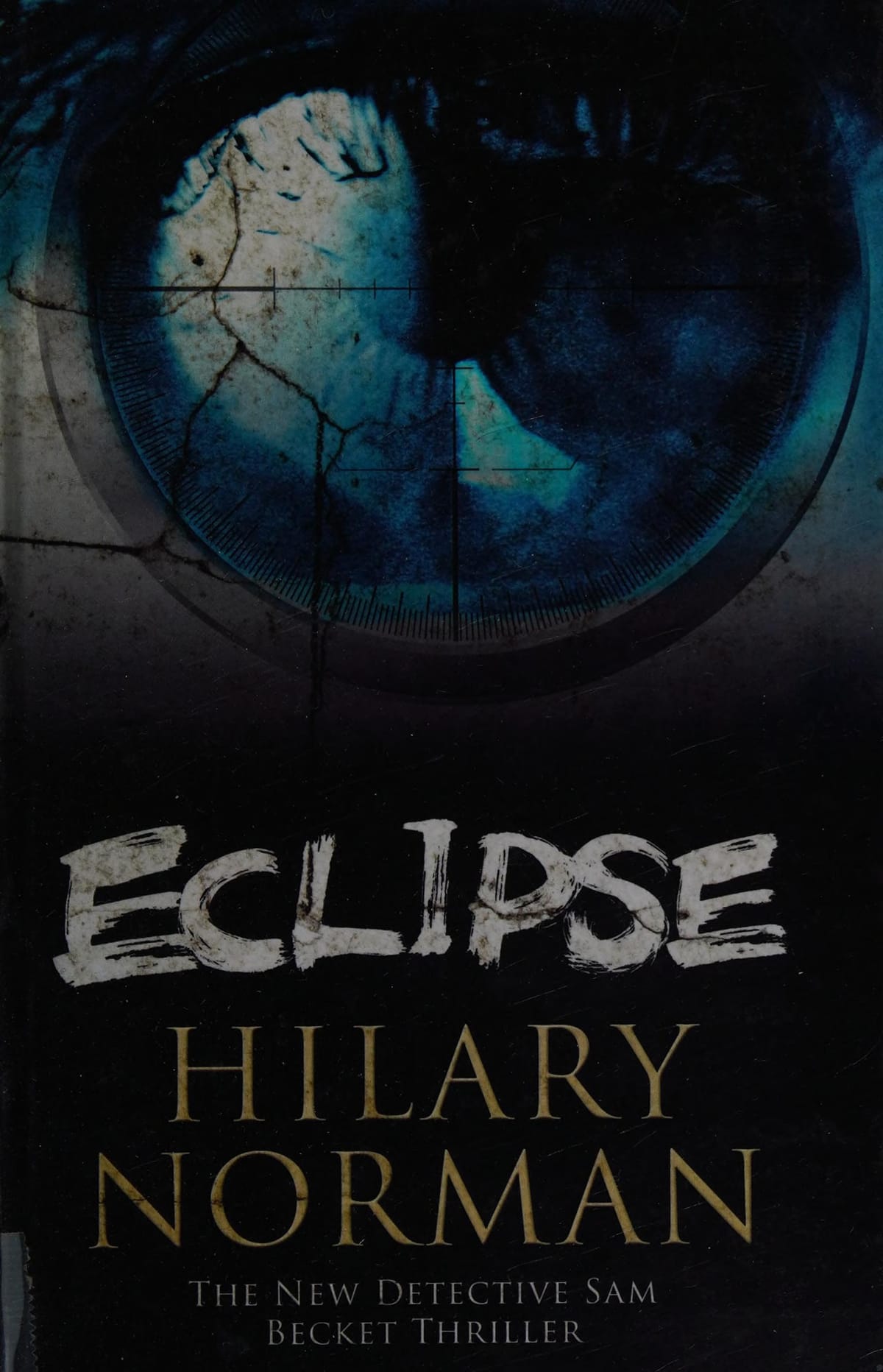Solar and Lunar Eclipse: Types, Science, and Viewing Tips
Discover the science of solar and lunar eclipses, their types, safe viewing methods, and upcoming events in this concise, sky-watcher’s guide.

What Is an Eclipse?
An eclipse occurs when one celestial body moves into the shadow of another, temporarily darkening or obscuring light that would normally reach an observer. For sky-watchers on Earth, the two most dramatic varieties are the solar eclipse—when the Moon blocks the Sun—and the lunar eclipse, when Earth’s shadow sweeps across the Moon. Both events offer unforgettable visual spectacles and valuable scientific insights.
The Difference Between Solar and Lunar Eclipses
Solar Eclipse
During a solar eclipse, the Moon passes directly between Earth and the Sun. Because the Sun’s apparent diameter is almost the same as the Moon’s, precise alignment can make the Moon seem to bite into, and sometimes completely cover, the solar disk. Solar eclipses are brief, visible only along a narrow track on Earth, and require special eye protection.
Lunar Eclipse
A lunar eclipse occurs when Earth glides between the Sun and the Moon, casting a cone-shaped shadow that crawls across the lunar surface. Unlike a solar eclipse, the event is safe to watch with the naked eye and is visible anywhere on the nighttime side of Earth. Lunar eclipses also last longer, sometimes more than three hours from start to finish.
Types of Solar Eclipses
Total: The Moon fully covers the Sun, unveiling the ethereal solar corona. Daylight plunges into twilight, temperatures drop, and bright stars appear. Totality may last up to seven minutes, though two to three minutes is more common.
Annular: When the Moon is slightly farther from Earth, it appears smaller than the Sun and leaves a brilliant “ring of fire.” Annular phases can linger for over ten minutes but never provide total darkness.
Partial: The Moon blocks only part of the Sun. Most people outside the path of totality experience a partial eclipse, noticing odd crescent-shaped shadows and a subtle dimming.
Hybrid: Rare hybrids shift between total and annular along their ground track, depending on observers’ distance from the point of greatest eclipse.
Types of Lunar Eclipses
Total Lunar Eclipse: The entire Moon enters Earth’s umbra. Sunlight refracted through Earth’s atmosphere paints the Moon a coppery red, inspiring the term “Blood Moon.”
Partial Lunar Eclipse: Only a section of the lunar surface slips into the umbra, giving the Moon a dramatic, dark bite.
Penumbral Lunar Eclipse: Subtler still, the Moon moves through Earth’s faint outer shadow, dimming only slightly. Penumbral events are harder to notice without instrumentation or photographic comparison.
Why Eclipses Happen: Orbital Mechanics Explained
Although the Moon orbits Earth every 27.3 days, eclipses do not occur each month because the Moon’s orbital plane is tilted about five degrees relative to Earth’s orbit around the Sun. Eclipses can happen only when the Sun, Earth, and Moon align near the two intersection points—called nodes—during new moon (solar) or full moon (lunar) phases.
Predicting Eclipses: Saros Cycle & Modern Tools
Ancient Babylonian astronomers identified the Saros cycle, a period of 18 years, 11 days, and 8 hours after which solar and lunar eclipses repeat with similar geometry. Today, space agencies refine predictions using high-precision orbital data from satellites and laser ranging. Interactive maps and smartphone apps allow anyone to pinpoint local start times, maximum phases, and duration.
How to Safely Watch a Solar Eclipse
Never look directly at the Sun without certified protection rated ISO 12312-2. Affordable eclipse glasses and handheld solar viewers filter harmful ultraviolet and infrared radiation. A pinhole projector or solar telescope with an approved filter offers indirect viewing. During totality, observers may remove protection briefly, but only once the solar disk is 100 percent covered—watch for the diamond-ring effect as the cue to put protection back on.
Best Practices for Photographing an Eclipse
Mount your camera on a sturdy tripod, use a remote shutter release, and attach a certified solar filter for all partial phases. Shoot in RAW to preserve dynamic range, bracketing exposures from 1/1000 to 2 seconds to capture prominences, coronal streamers, and Earthshine. For lunar eclipses, a telephoto lens of 300 mm or longer showcases detail, while a wide-angle lens can frame the Moon with terrestrial landmarks.
Upcoming Eclipse Calendar
According to NASA’s projections, a total solar eclipse will sweep across North America on 8 April 2024, offering millions a chance to stand in the shadow. An annular eclipse follows on 2 October 2024 over parts of South America. Lunar enthusiasts can mark 14 March 2025 for the next total lunar eclipse visible from Europe, Africa, and Asia. Check local predictions to confirm exact visibility.
Final Thoughts
Eclipses remind us of the elegant clockwork of the solar system and our place within it. Whether you chase the shadow of the Moon across continents or step onto your backyard deck to watch Earth’s shadow climb the lunar face, preparation is key. Armed with safe-viewing gear, knowledge of timing, and a sense of wonder, your next eclipse experience can be both thrilling and scientifically enriching.



